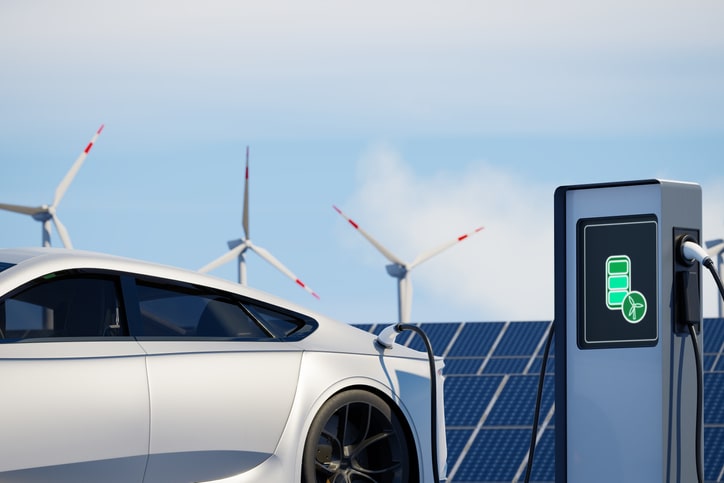Battery vs Flywheel: Choosing the Right Power Booster for EV Charging

With the rise of electric vehicles, the need for efficient and fast public charging stations has become more important than ever. Two types of power boosters are available to enhance the charging speed of electric vehicles—battery and flywheel power boosters. In this article, we will explore the differences between these two technologies and their applications in electric vehicle charging stations.
Battery Power Boosters
Battery power boosters are essentially large batteries that store energy and release it when required to increase the charging speed at your station. These boosters can be charged during off-peak hours when electricity rates are low and then used during peak hours to reduce the load on the power grid. They are generally used with fast-charging stations to provide additional energy to speed up the charging process and reduce additional demand charges from the utility company.
Battery power boosters can be easily installed and used in combination with existing charging infrastructure.
Flywheel Power Boosters
Flywheel power boosters, on the other hand, use kinetic energy to enhance the charging speed of electric vehicles. They consist of a high-speed rotating flywheel that stores kinetic energy and releases it when required. When needed, the flywheel releases its stored energy to the vehicle’s battery, providing a boost in charging speed and reduction of demand on the grid.
Flywheel power boosters are more cost-effective sustainable, and have longer lifespans than battery power boosters.
Lifetime Value
When providing reliable and sustainable charging solutions for electric vehicles, the power booster system’s lifetime is crucial. Public charging stations, in particular, need to have an energy storage solution that can withstand high power demands and constant usage.
Battery power boosters have a limited lifetime due to their chemical properties. The batteries need to be replaced every 2-4 years after 5,000-7,500 cycles. As the battery ages, its capacity to retain a charge diminishes, resulting in reduced efficacy.
In contrast, flywheels will operate for more than 15 years and over 200,000 cycles. This makes flywheel power boosters a reliable and sustainable power storage solution for mission-critical applications such as ultra-fast level 3 charging.
Total Cost of Operation
One of the key factors to consider for your power booster is the total cost of operation (TCO). While the initial cost of a battery power booster is typically lower, the ongoing maintenance and replacement costs over time add up.
Battery power boosters are more susceptible to wear and tear as well as damage from external conditions, meaning they need to be replaced every 2-4 years. This not only adds to the overall cost of ownership but it also increases downtime for chargers. Compared to the lifetime of a single flywheel power booster, a battery power booster will need to be replaced several times.
While both types of power boosters have maintenance costs, they are not prohibitive. However, the costs associated with batteries – such as hazardous materials, chemical reactions, and disposal fees – can make them more expensive to maintain than flywheel systems.
Sustainability
In today’s world, especially in the EV market, sustainability is crucial. As we strive to reduce our carbon footprint and combat climate change, the environmental impact of our energy choices must be considered.
Flywheels are made of stainless steel and can withstand high rotational speeds and broader temperature ranges, making them more durable and reliable. They do not rely on harmful chemicals and hazardous materials commonly found in traditional batteries. Both the EU and the US have introduced new regulations to address fire hazards related to battery power boosters. Flywheels are safe from fire hazards and have less of an overall impact on the environment.
Another key advantage of flywheel energy storage systems is their ability to reduce carbon dioxide emissions. Compared to batteries, the carbon emissions savings during manufacture and disposal are significant. The production of flywheels requires less energy and raw materials, and their disposal does not pose a risk to the environment, unlike battery disposal, which often results in toxic waste.
Bottom Line: Battery vs Flywheel
Flywheel power boosters hold clear advantages over traditional battery power boosters for ultra-fast charging. Flywheels have a faster discharge/recharge cycle which enables faster response and smoother operation.

The ZOOZTER-100TM power booster is an affordable, energy-efficient, and low-maintenance power booster solution for ultra-fast EV charging. It offers a wider ambient operating range and is less affected by low temperatures, making it reliable even in extreme weather conditions. If you need more information on flywheel technology, visit our website or request a meeting with our experts.
